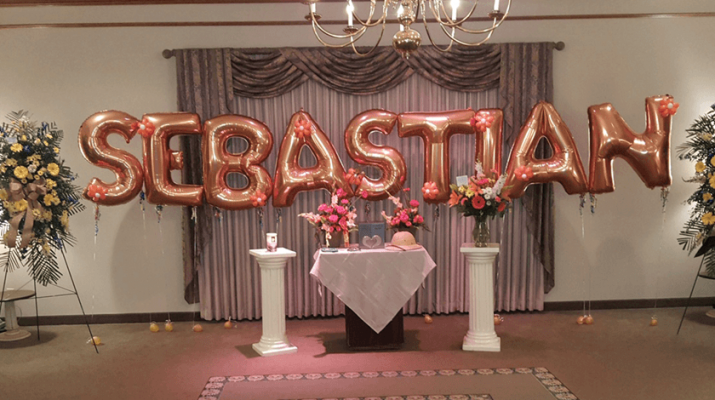Baby boomers reflect the ‘I did it my way’ anthem of their generation even in funeral pre-planning
By Deborah Jeanne Sergeant
Fewer people are choosing the traditional embalming and casket burial in a cemetery, according to the area’s funeral industry experts. Though still a popular option, other choices are becoming more common.
For some, it’s all about personalizing the experience as a fitting tribute.
“The most important thing is people are learning how to personalize the services,” said Anthony Amigone, president and funeral director at Amigone Funeral Home, Inc. in Buffalo and Niagara Falls.
Baby boomers reflect the “I did it my way” anthem of their generation even in funeral pre-planning. Amigone said that in recent years, fewer people follow the lead of clergy members for planning memorials or services, and even when they’re involved, they are not as in charge.
Whether their ashes become lab-created diamonds, are shot into space in a rocket, or scattered at their favorite fishing spot, it’s all about tying their memorial into something that no one will forget.
“We see a lot of Wegmans platters in the funeral home these days,” Amigone said. “It’s more of a celebration of life.”
Amigone said that many choose to use video and technology to tell a story about the person’s life by creating a photo slideshow set to music. Some ask for a balloon release after the service.
They’re not just mourning; “they’re celebrating,” he said. “There are themed funeral services. We had someone who was into comic books and movies, so there was a Star Wars and Batman theme, with Darth Vader and other costumes. The theme of the lighting and flowers were in the theme of Star Wars and Batman.”
Expressing the interests of the person can help those attending the funeral recall positive memories.
“You can’t take the pain away, but you can make it easier to take,” Amigone said.
Brian K. Lewis Funeral Homes sells on its website a variety of urns, from the traditional to the less-than-traditional, including converted motorcycle tanks, biodegradable containers, and sea salt urns, to reflect the interests and values of the deceased.
“I’m seeing a spike in cremation,” said Brian Lewis, the owner. “I think people aren’t into burial as much because this generation may have parents here and they live in California. Years ago, people lived in the same area and had a family plot. That’s probably having some bearing.”
As to what to do with the ashes, Lewis said that some choose to have them buried them later with their spouse. Others want spread at the ocean or on the lake or buried under a tree.
“A lot of people don’t know what their options are,” Lewis said. “I present them and they say they didn’t know. The funeral industry is evolving and changing.”
Fewer want a formal funeral service, according to Jeff Deragon, owner of Cameron Funeral Homes in Leroy. He said that cremation and a memorial service are becoming the more popular options for those who want an event.
A few want no obituary or public event. Lewis cautions that may not be the best way to go, as the opportunity to grieve can represent the first step in the healing process, as well as helping the community become aware of the loss so they can extend their support to the bereaved.
Lewis recalled a couple that decided against any public notice or funeral. When the husband died, the news leaked out slowly, so that for many months, every time someone bumped into the wife, she had to hear condolences again.
“It was like calling hours at her place of business,” Lewis said. “She said to me several months after, she wished she had some type of calling hours or service so the community could grieve with her and support her.”
Keeping a bit of their loved one with them helps some families cope. Crawford said that some families have jewelry made from the cremated remains, such as diamonds (www.lifeGem.com, www.heart-in-diamond.com and www.lonite.com are three such vendors). The process can take months to complete, but processors use only a small amount of hair or ashes for lab-created gems.
Some people choose to leave their body as a means of helping others. While indicating organ donation on the driver’s license is a simple way to leave a legacy, donating one’s entire body to scientific study can help medical schools train the next generation of physicians.
Anatomical gifts are accepted only from those 18 and older and those of sound mind. The only disqualifying conditions include infectious or contagious disease, obesity and autopsy. The whole body must be surrendered, with the exception of the eyes if they are donated separately.
Sixteen medical schools in New York maintain a donor program.
In addition to pre-registering, their loved ones need to know about their choice so the medical school is made aware of the donor’s death right away. Bodies must be accepted within 24 hours.
Bodies remain with the medical school for about two years, after which time they’re cremated at the school’s expense. The cremated remains may be returned to the family or buried, if they wish.

